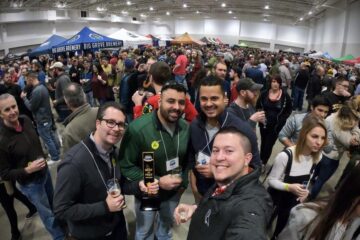We are all able to be trappers of time.
Time trapping is as old as time itself. What started as storytelling in ancient times, led to language that was translated into the written word. Humanity then brought the past to life with audio recording, photography, and video. Now, emerging technologies are allowing telepathic thoughts to mark our memories.
Extra Shot
Proof? Here’s a Nueralink Show & Tell.
Time trappers wield an ability to more actively revisit life experiences. To test your trapping skills, grab a device and open your favorite place to store creative content. Whether it’s writing, audio recordings, photos, video, or other types of art, go back to see what you captured yesterday and one week ago. Now travel back in time even more. Revisit this day last year, two years ago, five and ten years ago! As you enjoy your own nostalgia, consider the quantity, quality, and different types of content you’ve created.
Avoid distractions and stay in the moment, but if you’d like to enhance your time trapping capability, think of fun ways to create more content. This might be a day dedicated to taking an exorbitant amount of photos. Perhaps it’s trying a new app? Maybe it’s finally downloading the video from a memory card and trying your hand at editing it together? What if it’s taking the time to share time you’ve trapped with others? Whatever the exercise is, see if you can form a habit doing it for a few months. Set a milestone, then enjoy looking back at the results.
Extra Shot
Think about it. Many idea machines prefer to physically write into ideabooks. Music lovers often choose vinyl over endless streaming and how great is a live theater performance compared to any TV show? The time, skill, and passion from those generous enough to create art, makes thoughtful time trapping more strenuous, but more fulfilling in a way.
We are already cyborgs and biotech will further augment the way we seamlessly capture, organize, and share our realities. Until we autonomously enhance our bandwidth, telling a story, writing, recording audio, taking photos, or shooting video will still take manual effort. Let’s mitigate the risk of AI and optimized efficiency, but might the elbow grease required to set each time trap make our personal creations more memorable? Yes, but that will soon be an excuse. In the future, creativity may be the essential currency to add heartfelt context to our trapped time.
I’m without a thesis, but I’ve arrived at an appreciation for long-term, creative devotion. Caring enough to habitually go beyond what’s expected. When ambitious initiative is a fundamental part of your creative system, you’ll be a timeless time trapper who stays in focus, strategically organized, and inspired with lasting purpose.
